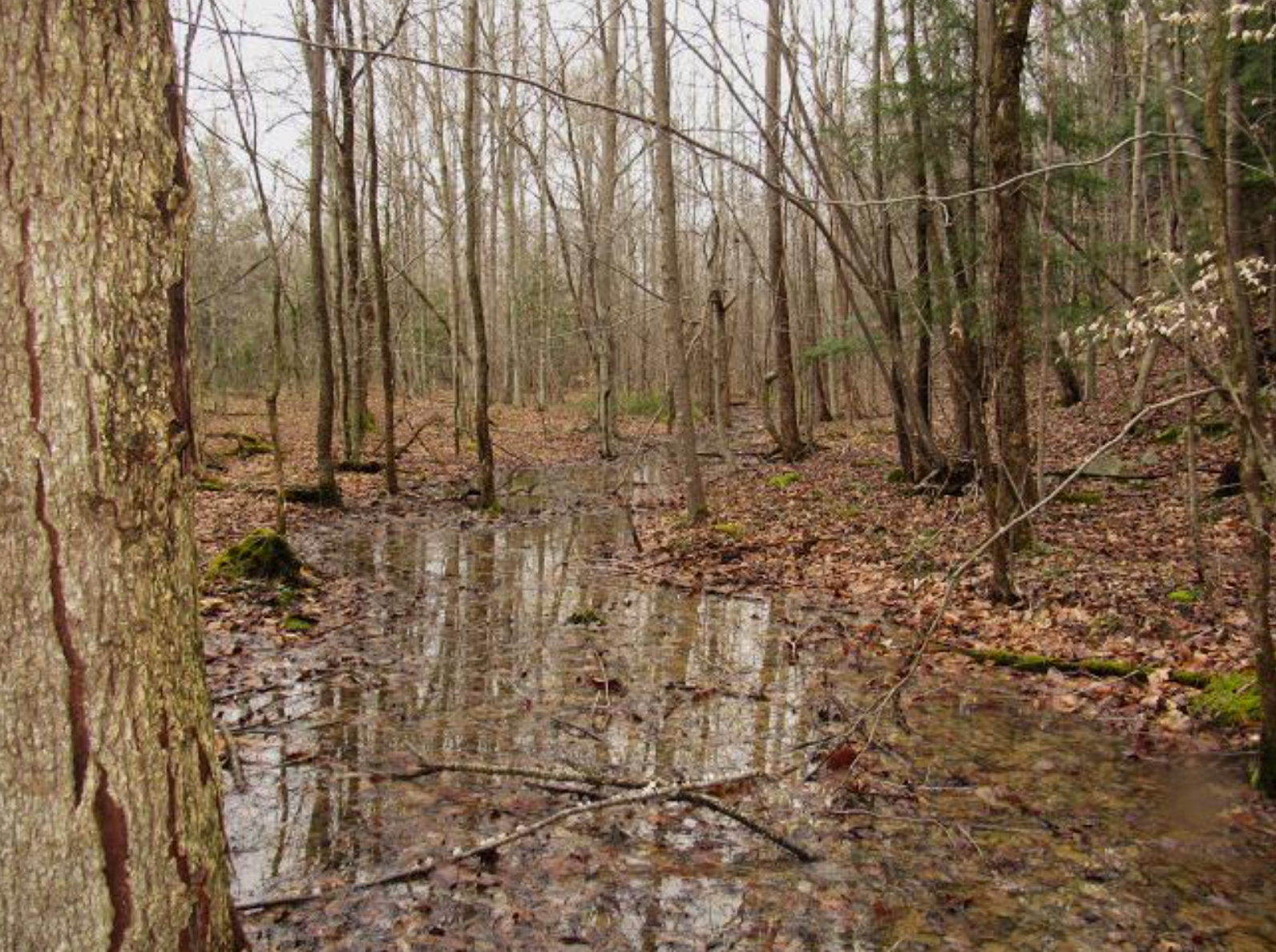by David Ackerman, Co-Chair Forest & Public Lands
Send email now to Governor Kasich and Chief Boyles!
Sierra Club, along with other environmental groups and concerned citizens, have worked tirelessly to protect an entire watershed within Shawnee State Forest from logging. Currently in the state of Ohio there is only one watershed that is completely protected from headwaters to mouth, Rock Run would be the second. To date we have identified 658 total species including 12 rare, threatened or endangered species within the Rock Run Watershed. While that may sound impressive, this is probably just a fraction of what is actually there and the clock is ticking if we want to have the opportunity to discover the true diversity of Rock Run.
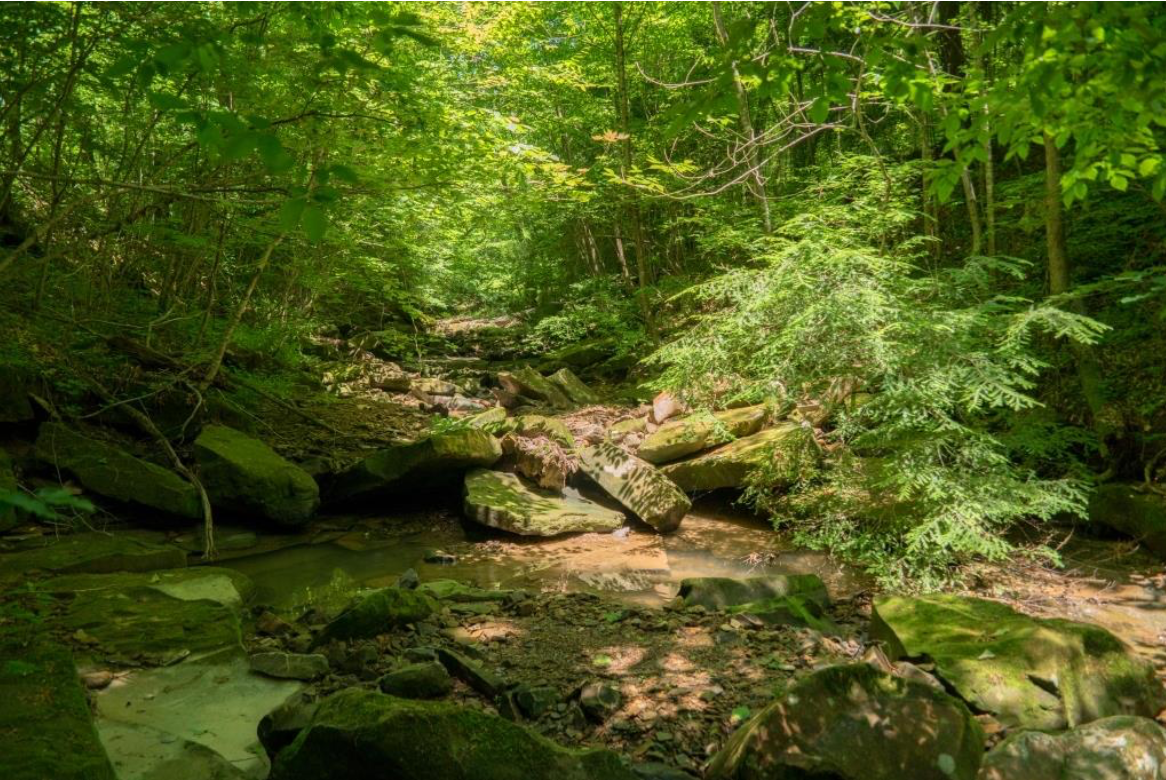
Rock Run is an extremely rare area in Ohio, a completely in tact watershed. At 1400 acres the watershed is not enormous, neither is it inconsequential. The stream itself runs from the oak and saw-briar studded Blackburn ridge all the way down to the Ohio river. Along the way it carves it's way down through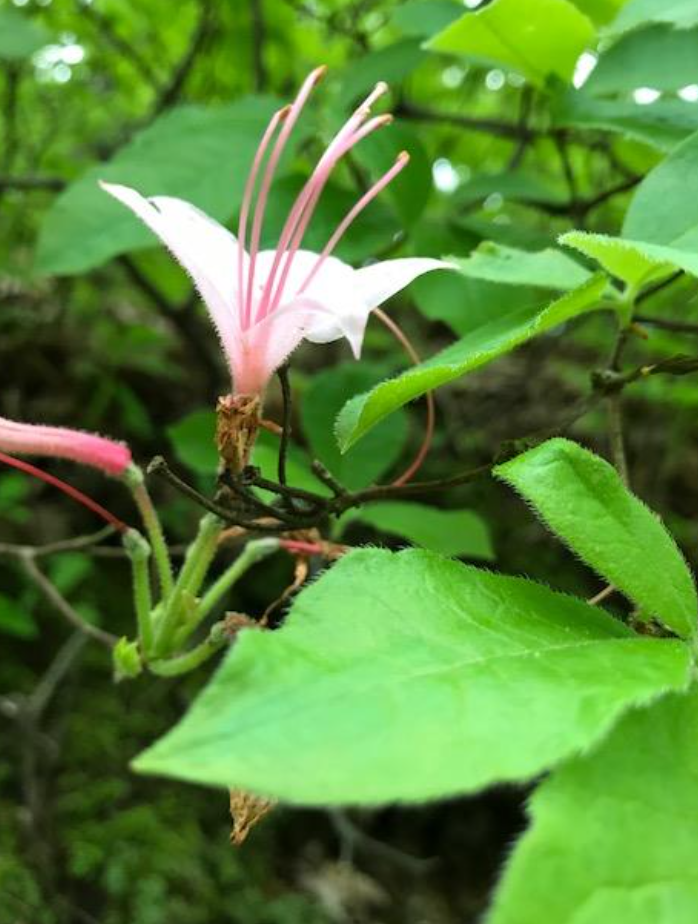
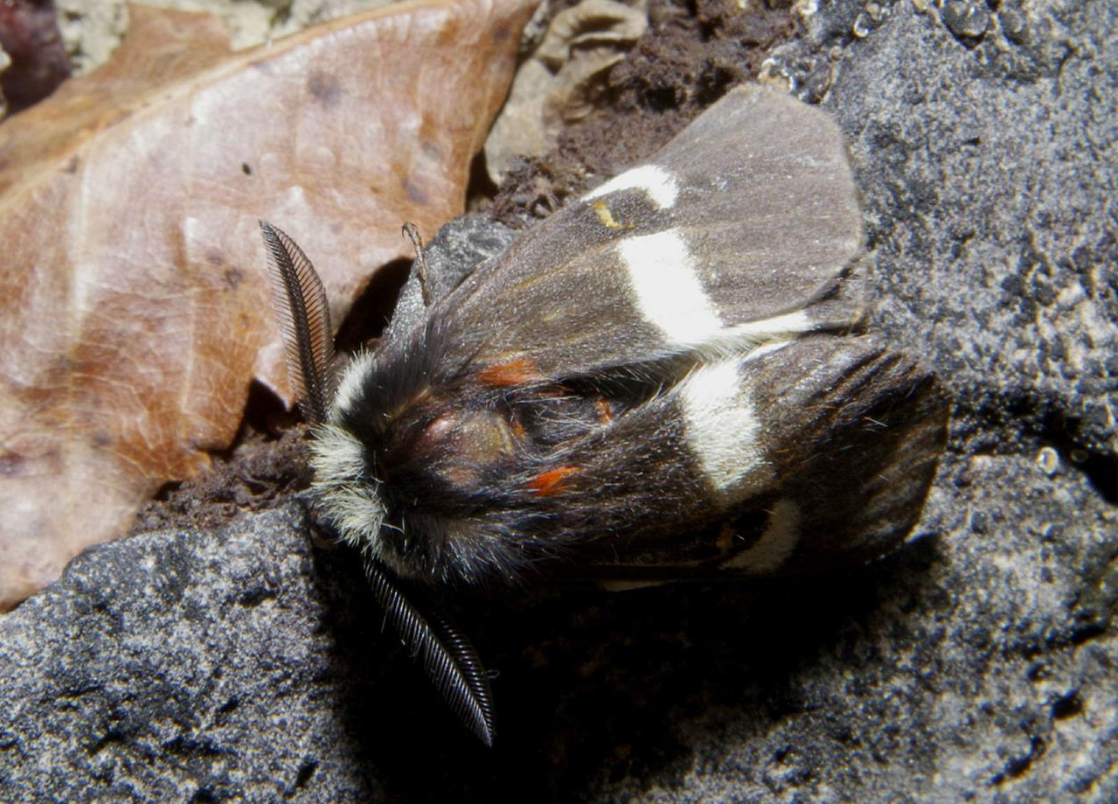 the ages, through sandstone and shale and pours into a deep canyon rich with ferns, hemlocks and the only stand of black spruce in Ohio. While the lower portion of Rock Run is indeed a majestic site to see, the upper portion of Rock Run is of no less significance. It is of such high quality that it rates higher than 92% of other small streams in the state. It teems with an incredible diversity of macro-organisms found only in high quality, cold water streams.
the ages, through sandstone and shale and pours into a deep canyon rich with ferns, hemlocks and the only stand of black spruce in Ohio. While the lower portion of Rock Run is indeed a majestic site to see, the upper portion of Rock Run is of no less significance. It is of such high quality that it rates higher than 92% of other small streams in the state. It teems with an incredible diversity of macro-organisms found only in high quality, cold water streams.
Now ask yourself what will happen to this cold water stream that depends on the dense forest cover to survive when all the trees are removed? We all know the answer, it won't survive. Once the larger trees are removed from the upper watershed the creek will fill with sediment and the diversity that took almost two hundred years to recover will be lost, maybe never to return.
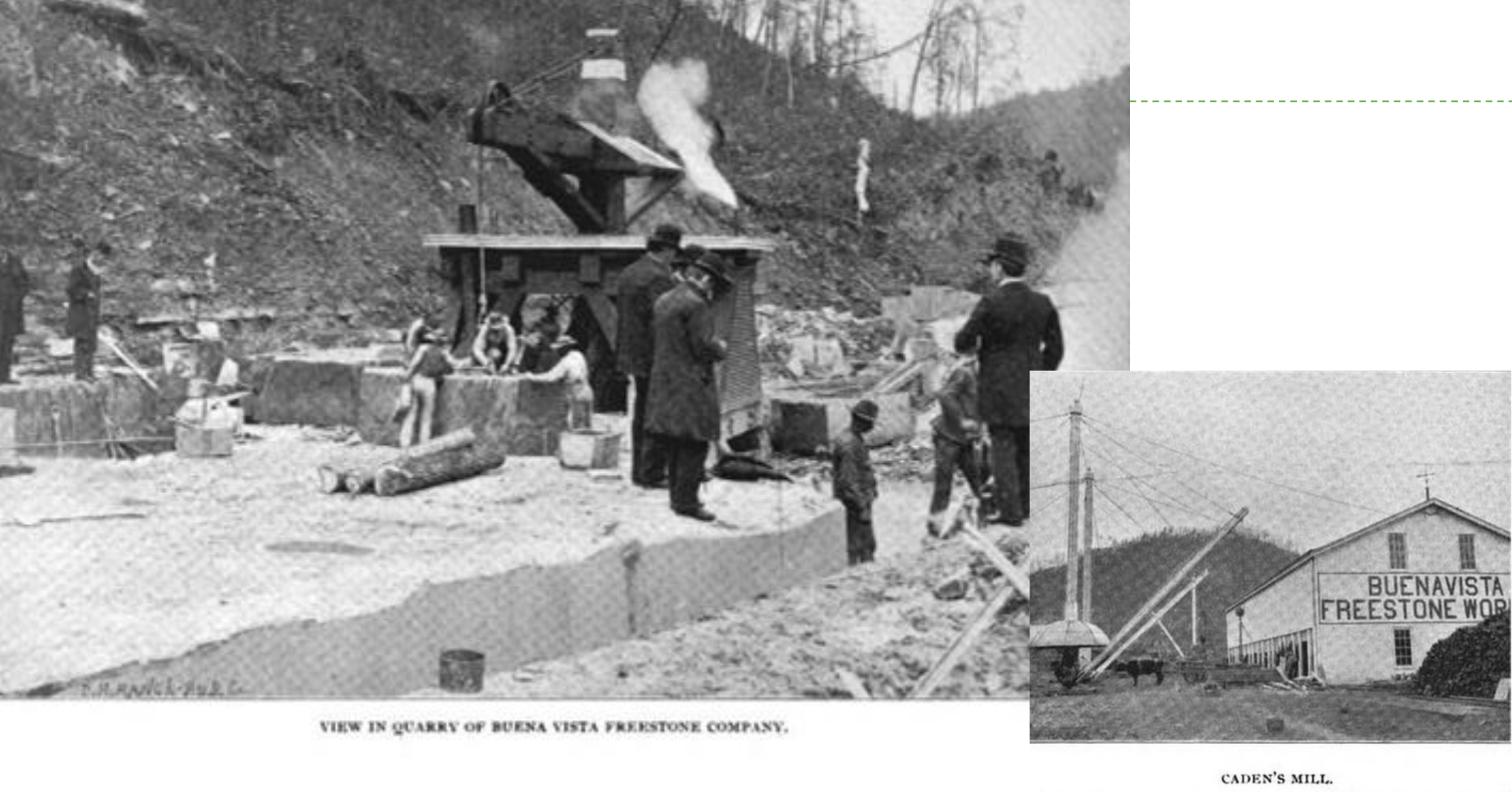
 You may ask yourself why it's taken 200 years. Well, that has to do with the rich history of the area and Rock Run iteself. This area and area adjacent to it were once the richest area for quality sand stone. In fact this stone was used for ornate trim, bridges and entire buildings in cities that covered more than half of North America. In fact the Roebling suspension bridge in Cincinnati is constructed from stone taken from Rock Run in the 1800's.This stone also played a crucial role in the rebuilding of Chicago after the devastating fire of 1871. Since the end of sandstone mining in the early part of the 20th century the land slowly healed itself and flora and fauna that were scraped away began to claw their way back.
You may ask yourself why it's taken 200 years. Well, that has to do with the rich history of the area and Rock Run iteself. This area and area adjacent to it were once the richest area for quality sand stone. In fact this stone was used for ornate trim, bridges and entire buildings in cities that covered more than half of North America. In fact the Roebling suspension bridge in Cincinnati is constructed from stone taken from Rock Run in the 1800's.This stone also played a crucial role in the rebuilding of Chicago after the devastating fire of 1871. Since the end of sandstone mining in the early part of the 20th century the land slowly healed itself and flora and fauna that were scraped away began to claw their way back.
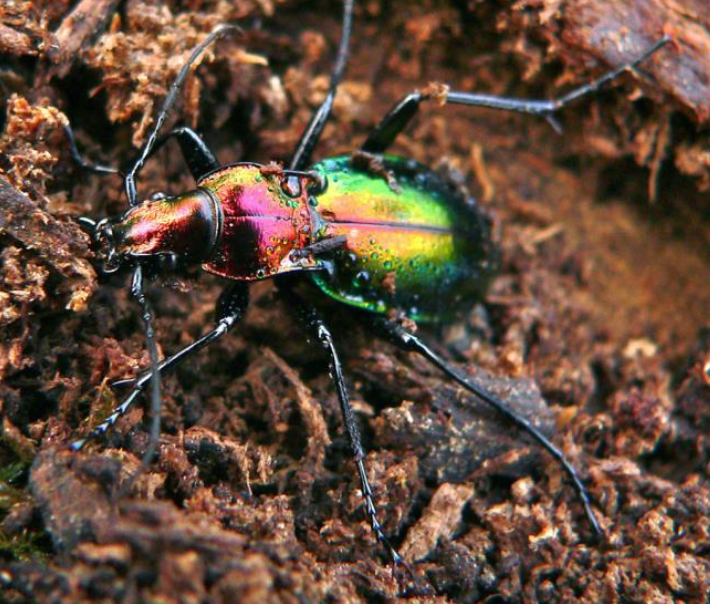
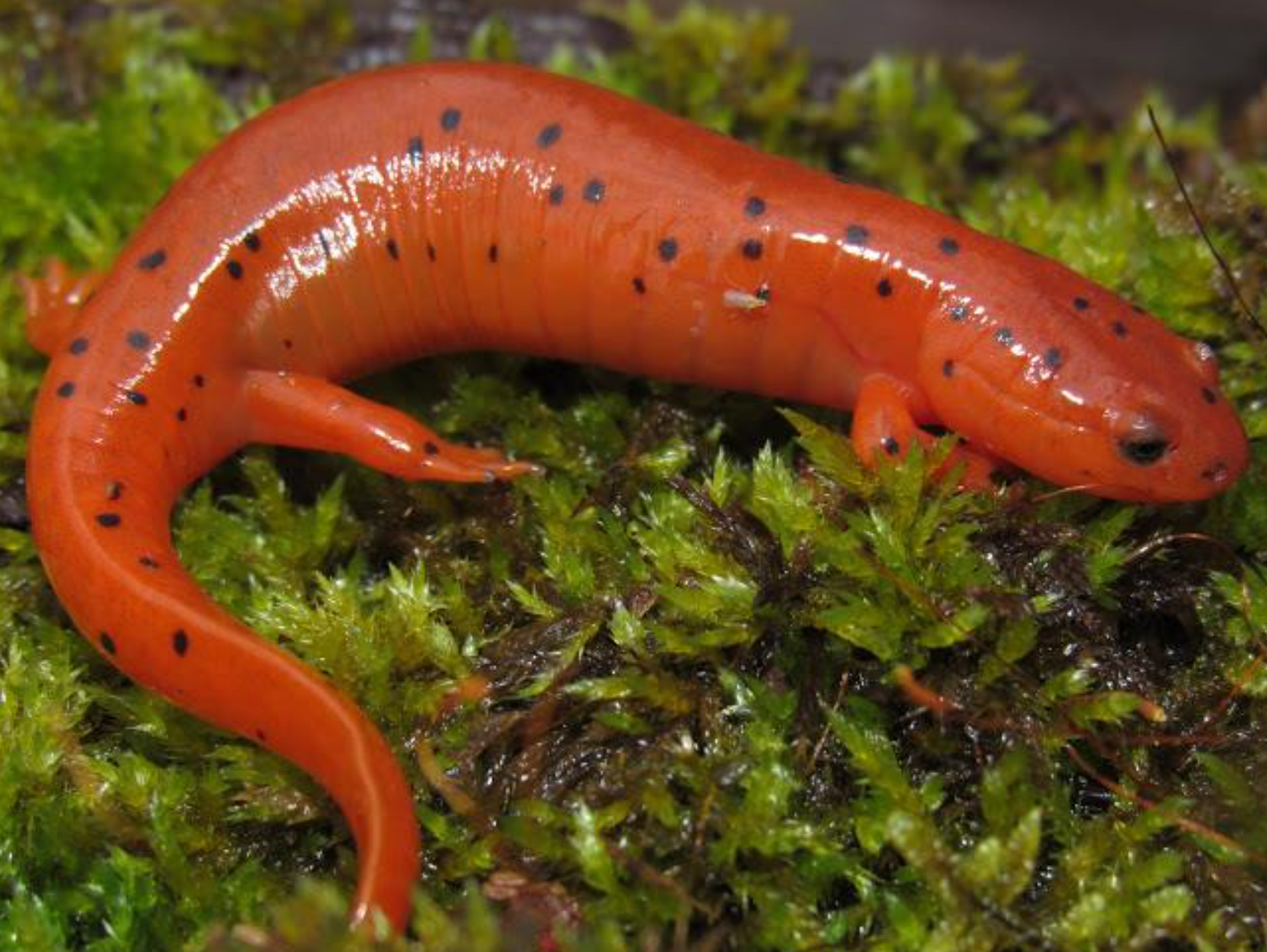
The mining also had an unexpected positive effect on the land that could not have been conceived of back then. The benches that were left from where the stone was taken out now hold water, in some places for several months, in others the entire year. In these wetland areas you can find a multitude of aquatic species, especially SALAMANDERS! Four-toed, midland mud, two-lined, spotted and Jefferson's salamanders to name a few. In all, 17 amphibians have been identified in these vernal pools and wetlands. What's more amazing is that this is the ONLY wetland in all of Adams county!
We've been told, and we tend to agree, that forest management and recreation can co-exist. But this is not the place for forest management. This is an INCREDIBLE OPPORTUNITY to protect an ENTIRE WATERSHED and all of it's biological, cultural and historical significance.
Please, contact Governor Kasich and Cheif Boyles and tell them how important you feel it is to preserve Rock Run for future generations! Follow link to send direct email to them.
